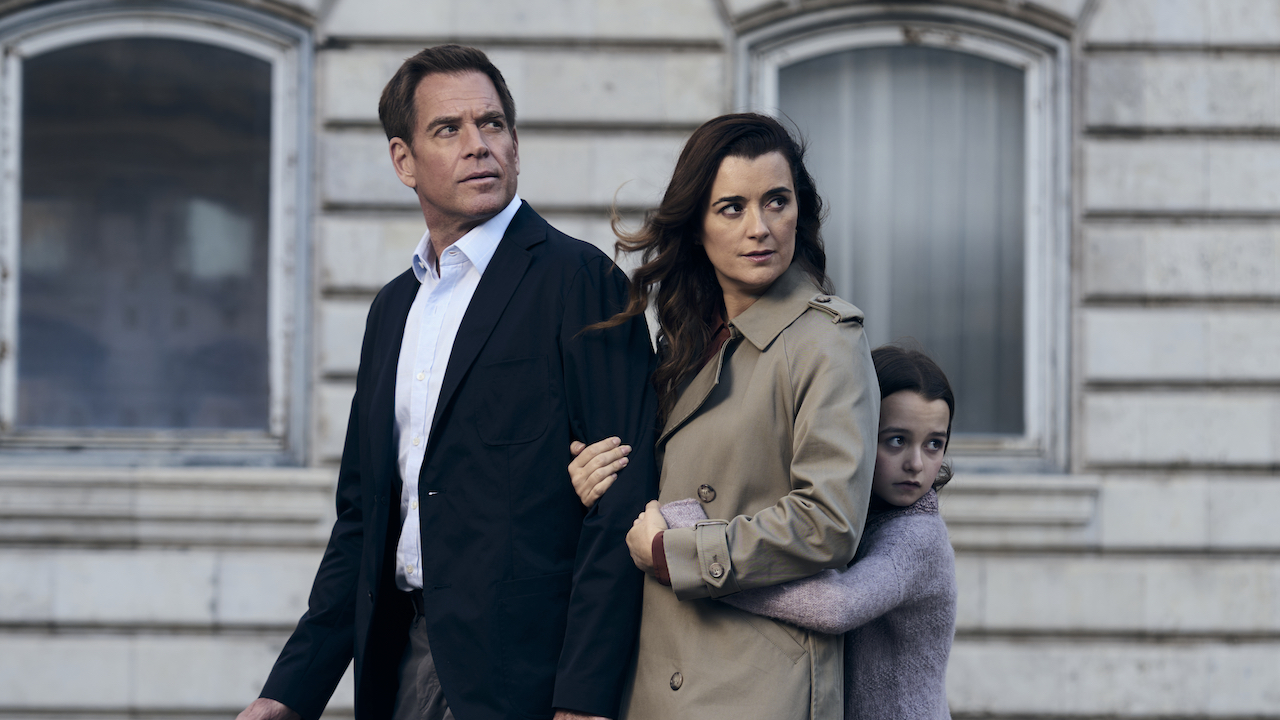Why Sound Design In Horror Gaming Matters

In the opening scene of Silent Hill, it’s the first time players finally get to hear the notorious siren. This is probably the sound effect that defined the rest of the Silent Hill franchise and is something even fans today still wince at when they hear it in real life. This is how powerful and mesmerizing sound design can be in a horror game.
First of all, the types of horror games where sound design matters the most is going to be those games that utilize atmospheric horror. Those creepy sounds you hear somewhere on the path ahead of you? Yeah, that’s part of setting the scene for atmospheric horror. Using Silent Hill as probably one of the best examples in early horror gaming, the uncomfortable feeling that makes your skin crawl probably came from the dread of turning the corner and not knowing what you’d find. Or hearing the scuffling of a creature’s feet on the ground coming your way, only you can’t see them yet. Pyramid Head’s sword dragging on the ground? It’s all fantastic and cleverly-designed sound design that truly creates the fear in a horror game.
So why does sound design matter then? I feel like sound design in video games is vastly underappreciated. While we’re hovering over our controllers and drooling over the realistic graphics, do many of us even stop to think about the sound in a game? Probably not. Unfortunately for me, I live with a video games sound designer, so I am forced to consume the knowledge of video game sound design on a daily basis whether I like it or not, and what I’ve learned has made me realize just how important sound design really is in horror games. Knowing what I know, playing through horror games has me listening in a whole different way.
I recently reviewed the game Layers Of Fear back in February or March, for the PS4. It was obvious that in this game, sound was a strong component of gameplay because this is how they formulated their jump-scares—with sudden sounds. Without good sounds, their jump-scares would have been unimpressive. I also recently backed a game on Kickstarter, called Visage, which was overwhelmingly successful in its funding. Watching the gameplay video with headphones on made me realize how important the sound was. It wasn’t cheap thrills like jump-scares, but an ambiance created by small movements and changes in the environment. It could’ve been footsteps or breathing coming from directly behind my head, but the sounds in that game created this heavy atmosphere of dread and it wouldn’t have been the same without it.
And then there are games like the upcoming Perception, where the idea of translating sound is the epitome of the gameplay. In Perception, players take on the role of the game’s blind heroine, Cassie. And the only way to get through the game is to use—you guessed it—sound. Using a cane, you tap it on the ground which briefly illuminates the room, but only for a split second. The idea is to use echolocation to be able to “see.” The sound design is the most important part of this game.
But most importantly, sound design is going to be extremely important in virtual reality horror games. More than likely, the player is always going to be wearing headphones, so it’s important for the sound designer to correctly and efficiently use panning (without overdoing it), which is when a player might hear sound in a certain ear of the headphone, and then hear it in another headphone ear. The sound design in VR will be a major part of the immersive experience, because it will not only be the feeling of being a part of the environment, but also feeling like the sounds are really around you, or behind you, or to the side of you, rather than just on your head. I could argue that sound design in VR horror games will be the most important component of all. Because without the footsteps coming up behind you, or the chains dragging in the next room, or a door shutting by itself somewhere down the hall, there really isn’t an atmosphere for horror, and without that, there is no horror. And the scariest part of everything is, the sound design needs to be done correctly in order to be impactful.
Your Daily Blend of Entertainment News
So, sound designers actually have a pretty difficult job with, quite literally, the virtual world resting on their shoulders. So the next time you sit down to play a horror game, really listen to the sounds and the ambiance, how they affect the gameplay and how they make you feel. Because more than likely, a frustrated sound designer spent hours trying to get that sound just right, and still probably isn’t satisfied with it.
